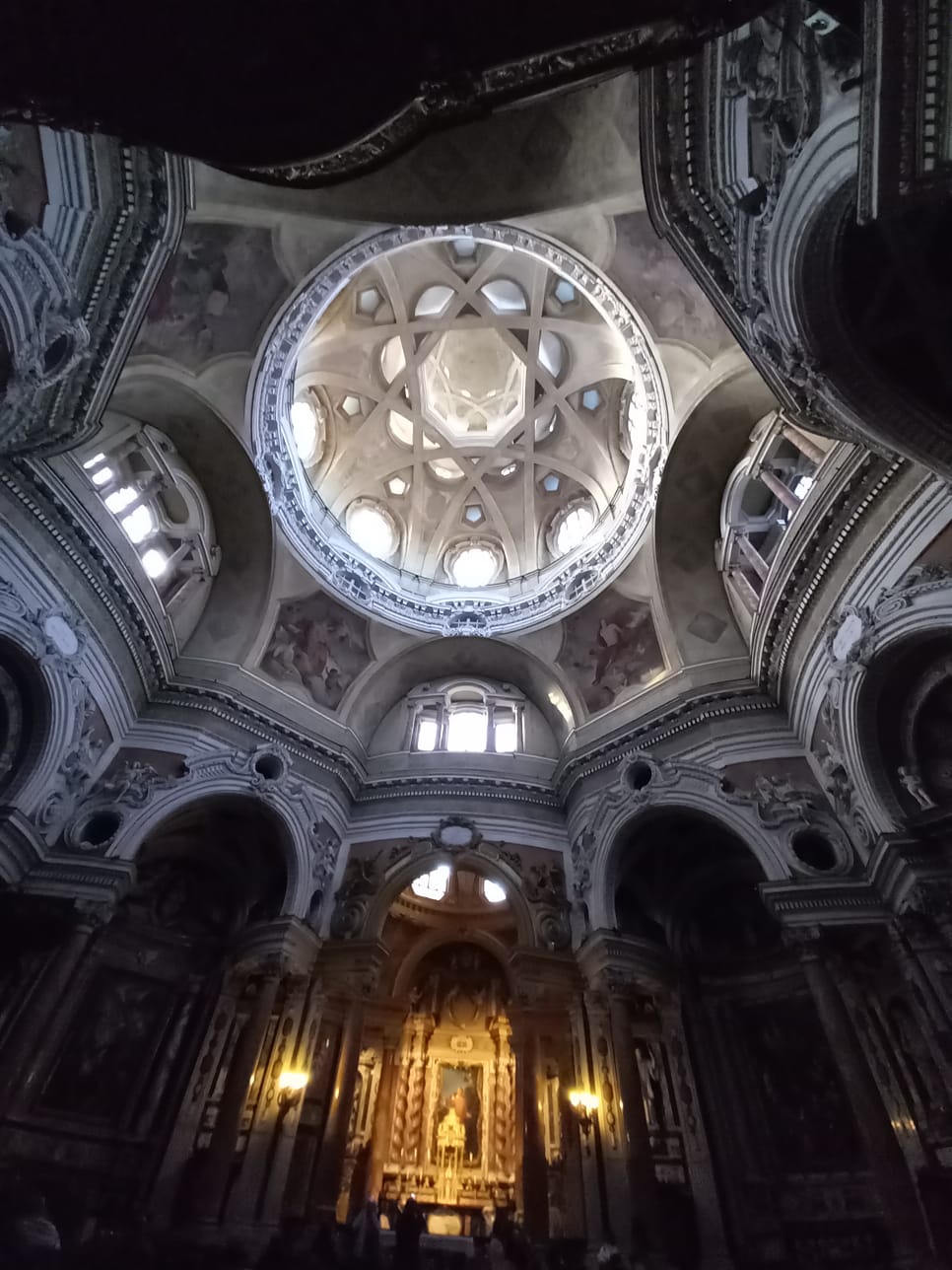Listen to the recording and mark the correct answers.

The Church of San Lorenzo in Turin, also referred to as the Royal Church of San Lorenzo (Real Chiesa di San Lorenzo), was constructed at the behest of the King in the main city square – Piazza Castello.
On August 10, 1557, during the Battle of Saint-Quentin in France, Emmanuel Philibert I, Duke of Savoy, and his cousin Philip II of Spain achieved victory. This date coincides with the feast of Saint Lawrence (San Lorenzo), marking a significant turning point in the ongoing wars in Italy during the sixteenth century. In gratitude for their triumph, both Savoy royals vowed to erect a church in honor of Saint Lawrence.
Philip II built a monastery near Madrid, while Emmanuel Philibert I renovated the ancient chapel of Saint Mary ad Presepe, dedicating it to San Lorenzo.
In 1578, the Holy Shroud was introduced to Turin, making its debut in the chapel during a celebratory service led by the Archbishop of Milan, attended by the renowned poet Torquato Tasso.
The church took on its final form a century later when the distinguished architect Guarino Guarini was commissioned to redesign San Lorenzo. He transformed the original Latin cross layout into an octagonal shape, adding chapels along the walls. The interior design emphasizes the numbers 4 and particularly 8, representing eternity, perfection, and the victory and return of Christ.
Guarini's crowning achievement is the church's dome, standing 50 meters tall. It features eight columns within and is illuminated by eight elliptical windows, adorned with lines that create an octagonal star – a symbol of Islamic culture.
Although Guarini also designed the façade of the church, it was never constructed, resulting in a structure that blends seamlessly with the surrounding buildings in the square, with the dome as its sole church-like feature.